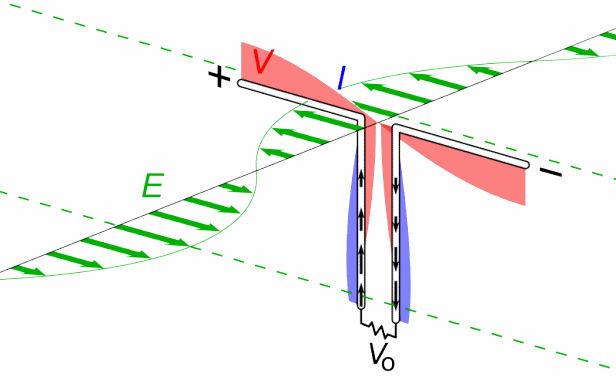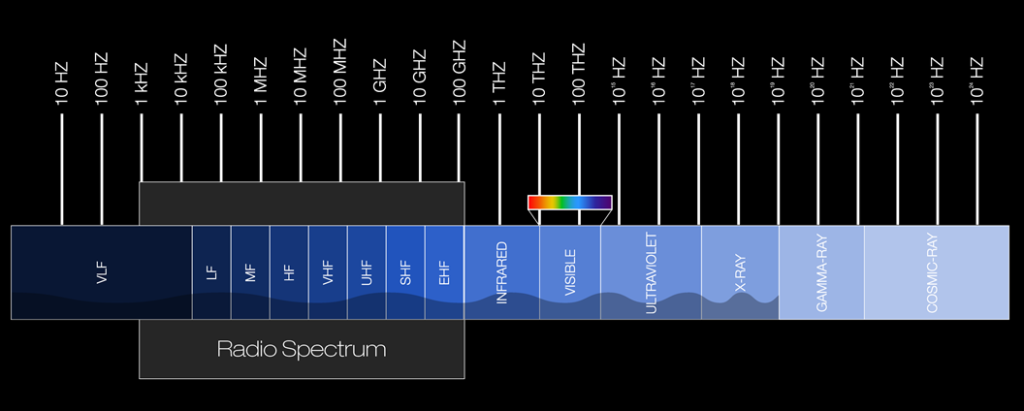Learning Objectives
At the end of this lesson, you should be able to correctly:
- Identify what Non-Technical Skills can improve performance?
- Define Human Factors and describe how significant this is to high-risk industries?
- What lifestyle factors affect Human Factors
Aviation History at a Glance
What is Airmanship?
Traditionally…

What is Aviate, Navigate, Communicate?
It’s a priority tool, it helps us prioritise.
It’s a great start but let’s understand more of what we need for maintaining safety.
Aviation Safety
Since the 50s accident rates have been reducing and are asymptotic, that is they have reduced close to zero per million departures but they are not zero.

The graph above shows that we have a relatively safe industry. The curve is not at zero however, as accidents still occur.


Why were there so many accidents? This was the beginning of the jet era. Engineering design and maintenance practices were having large learning experiences. Improved regulation and systemic practices helped drive this accident rate down.
Accidents in RPAS Operations
Do you think pilots are getting worse or do you think that these issues were always there? Like the tide going out and exposing the rocks at low tide?

Now with vast improvements to aircraft and technology, we are just seeing the human causes that were always there!
We are going to be taking a closer look at the human element of this graph as this can be directly influenced through training.
Pilot Skills
Assessing a Pilot’s Skills
Traditionally, we focus on training and assessing technical skills.
Non-Technical Skills (NTS) is a relatively new concept of increasing emphasis as a result of regulatory reform. This was added by CASA around 2010 to the required training matrix.

Statistically, most accidents are blamed on NTS deficiencies, where the crew are the cause of the event. However, most of our training and assessment focus has been on the technical skills side of the training.
Hierarchy of Skills
Consider the following skills that a pilot needs:

- Which of these then is more important than the other? (non-compensatory skills)
- Do some of these feed into others?
- Are some of these causal for others?
- Can a deficiency in one area be made up for by a strength in another?
Model for Assessing a Pilots Performance (MAPP)
The Model for Assessing a Pilots Performance (MAPP) is broken up into the following categories:
- Essential Skills (must haves)
- Enabling Skills (supporting essential skills)

If we are filling up each of these blocks and bubbles, we will have high levels of situational awareness, make safe decisions and fly our UAV well, we have Airmanship (if this indeed still a word).
In any case we are flying professionally. However this model is more powerful as it can diagnose the source of weaknesses. The MAPP is about being able to refine down to a ‘Root Cause” of an event. If your essential skills are lacking then improve by improving skills that support them, the enabling skills.
Breaking down the MAPP
On the left side are the traditional flying skills. On the right side are the NOTECHS or NTS skills.

Both Situational Awareness and Decision Management occur internally in the brain. They are cognitive skills.
The skills of Communication and Management are more visual skills seen through behaviour. These are about actions.
Lifestyle Factors
Physiological conditions will affect both cognitive and behavioural skills.
Cognitive Skills (Psychological conditions):
- Stress
- Fatigue
- Health/ Memory
- Disorientation/ Visual Illusions
- Hazardous attitudes
Behavioural Skills (Physiological conditions):
- Stress
- Fatigue
- Health
- Effects of the environment
- Culture
So what is Human Factors?
Human factors is a multidisciplinary effort to generate and compile information about human capabilities and limitations and apply that information to produce safe, comfortable and effective human performance.
For more information, see ICAO 2014: https://www.icao.int/APAC/Meetings/2014%20CNSSG18/IP05_USA%20AI.%2011%20-%20Human%20Factors.pdf












































































































